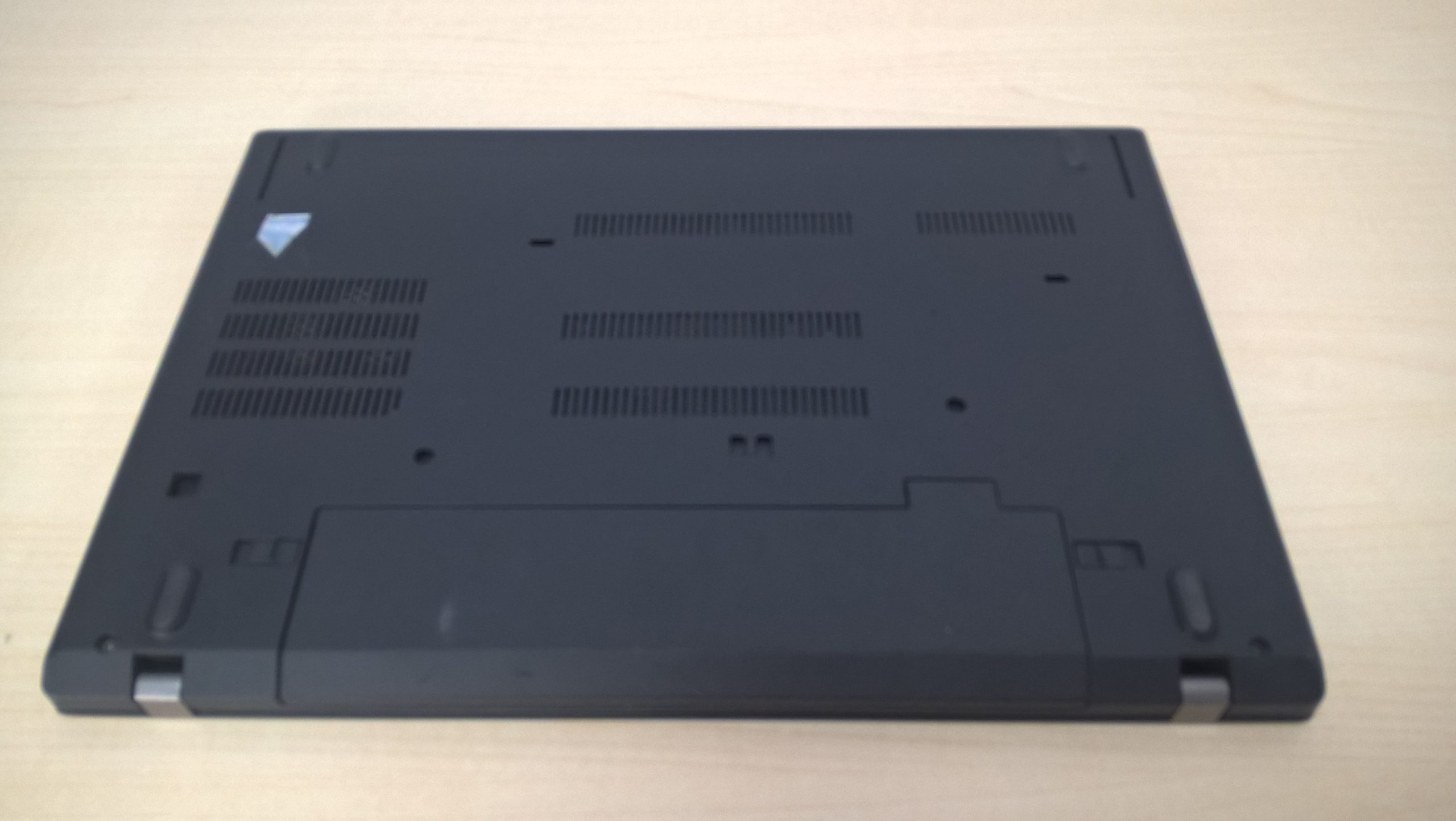How to Address an External HDD That Was Unsafely Removed
If you’ve ever experienced the alarming message that your external hard drive was “unsafely removed,” you know how concerning it can be—especially when it contains precious memories like photos and videos. In this blog post, we’ll walk through some steps to help you potentially restore your Seagate 2 TB external hard drive to its prior functional state.
Understanding the Situation
When you unplug an external hard drive without safely ejecting it, particularly during read or write operations, you risk data corruption. This may result in your device becoming unrecognizable to your operating system, prompting a message from Windows asking you to format the drive. While the idea of formatting may seem like a straightforward solution, it effectively erases all data on the disk, which is often not what users want.
Assess the Damage
Before you take any drastic actions, it’s essential to assess the situation. Since you’ve already noted that Disk Drill recognizes many files on your drive, this suggests that some data remains intact and may not be irreparably lost.
Here’s a step-by-step guide on how to proceed:
-
Avoid Formatting the Drive: Resist the temptation to format the drive unless you’re ready to lose all data on it. Formatting typically wipes the existing file structure and makes recovery much harder.
-
Run Data Recovery Software: Since you’re already using Disk Drill, continue to utilize it. Check if it offers an option to recover files with their original names and folder structure. Take your time to thoroughly scan the drive to maximize recovery chances.
-
Backup Your Data: If Disk Drill successfully displays your files, back them up to a separate drive as soon as possible. This ensures that you have a copy of your files in case anything goes wrong during recovery.
-
Consider Professional Help: If recovery software doesn’t yield satisfactory results, or if the drive continues to be unrecognized by Windows, it might be time to consult with data recovery professionals. They can often recover data that consumer software cannot.
-
Prevent Future Issues: Once resolved, take preventative measures in the future. Always ensure to safely eject your external drives to avoid similar situations.
Conclusion
Data loss scenarios can be stressful, particularly when it involves cherished photos and videos. By taking the right steps, you may be able to recover your files without resorting to formatting your external HDD. Remember to handle the situation carefully
Share this content:




Hello,
Dealing with an external HDD that was “unsafely removed” can indeed be stressful, especially when important data is at stake. Based on the information you’ve provided, here are some additional tips to help you recover your data and prevent future issues: